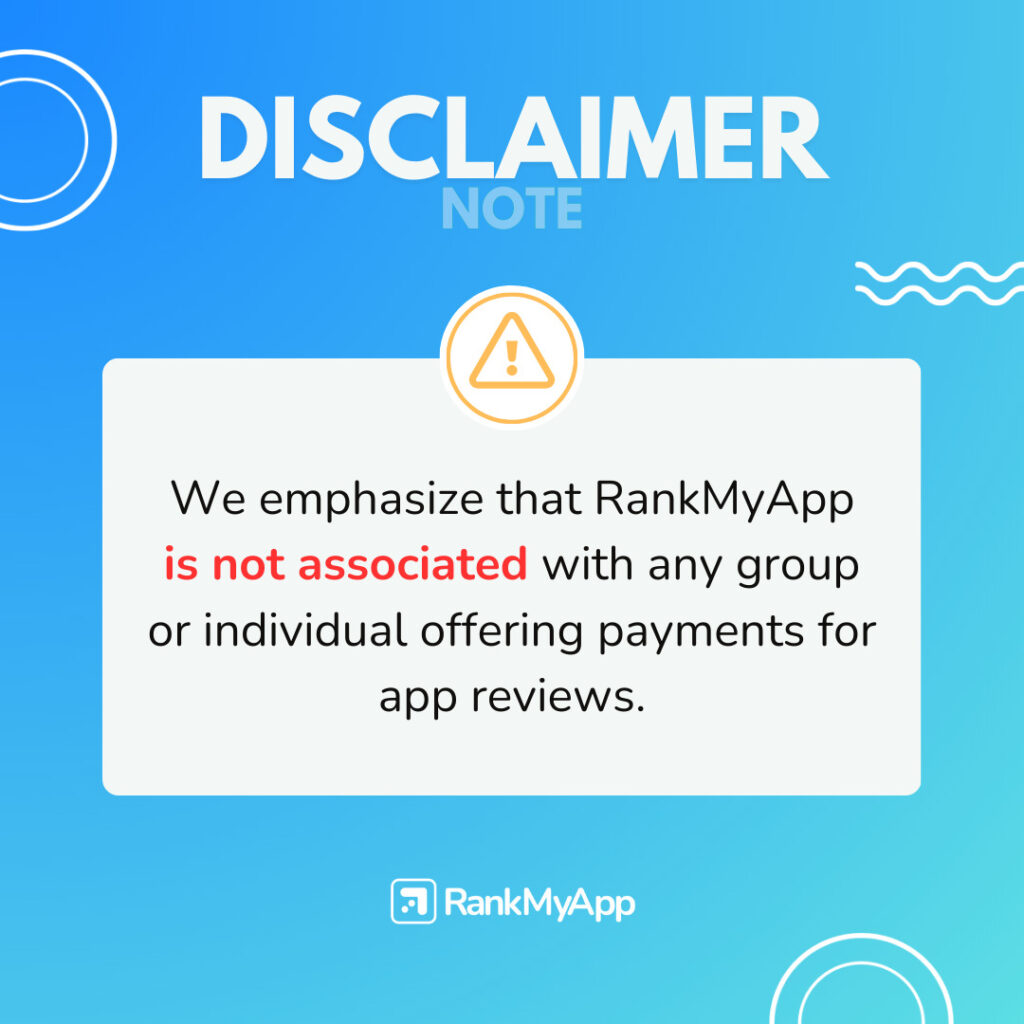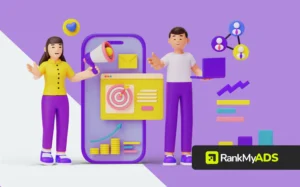Key Performance Indicators (KPIs) for marketing are essential to gauge the success of your marketing strategy. If you are an app developer, keep reading to learn more about marketing KPIs and how they can help you.
What are marketing KPIs?
But first, what is KPI? Also known as Key Performance Indicators, they calculate the progress being made in reaching the goals of an app. If they show little to no progress, you know it’s time to make a change. Check out the 5 pillars of the most successful apps to know the best way to improve KPIs.
It’s important not to associate KPIs with metrics. These two terms are often used as synonyms but not all metrics are KPIs. Some of them are simply numbers that are used within the KPIs.
Examples of marketing KPIs
There are many different metrics that you can choose to track and analyze for the development of your app. Below, RankMyAPP listed some of the best KPIs that can be implemented.
Cost Per Thousand Ad Impressions (CPM)
This KPI requires the calculation of the total campaign cost and the total number of impressions. Divide the former by the latter, then multiply the resulting number by 1,000.
(Total Cost/Total Impressions) X 1,000 = CPM
Click-Through Rate (CTR)
This calculus is used to know how often an ad was clicked after being shown. This percentage can be calculated by dividing total clicks by total impressions.
Total Clicks/Total Impressions = CTR
Cost Per Click (CPC)
Keep an eye on your advertising expense with this metric. Divide the total expense of the campaign by total clicks to figure out how much each click is costing you.
Total Expense/Total Clicks = CPC
Customer Acquisition Cost (CAC)
In CAC, divide your advertising expense for a certain period by the number of new customers acquired within the same period. This will tell you how much you are spending to get each new customer.
Total Advertising Cost/New Customers = CAC
Don’t look at this KPI by itself. Compare it to each customer’s lifetime value.
Customer Lifetime Value (CLV)
To calculate this KPI, you will need the average price of a single customer’s transaction, the average number of transactions per year for a single customer, and the average number of years a customer continues to purchase from you. Then multiply these three numbers to get the average CLV.
Average Payment X Average Transactions Per Year X Average Years = CLV
In order to make a profit, CLV should be higher than CAC.
Churn Rate
This rate shows how many users stopped using your app. To get the monthly rate, add the number of new users acquired in that month to the number of current users at the start of the same month. Then take the number of users you lost by the end of the month and divide it by the sum calculated from the first step.
Users Lost By End Of Month/(Users At Start Of Month + New Users Added That Month) = Monthly Churn Rate
Which marketing KPIs should you track?
That depends on what type of app you are marketing. Here are a few examples:
- Game app developers should focun on n increasing the average session length;
- Average content shares are relevant for apps that belong in the social category,
- Average order value and average transactions per user are helpful for e-commerce apps.
Your current goals also matter to your decision about which KPIs to track. Maybe you want to improve user retention. In that case, work on decreasing churn rate. If you want to cut costs, CAC might be the ideal KPI to help meet that goal.
Your goals may change from time to time, so remember to periodically compare them to your KPIs to ensure you are still tracking the right metrics that will help you achieve what you want.
See how RankMyAPP can help you track the best KPIs
Now that you know the need of analyzing marketing KPIs to obtain the best results for your app, you may want to start keeping track of them. To help you with that, talk to one of our specialists.




